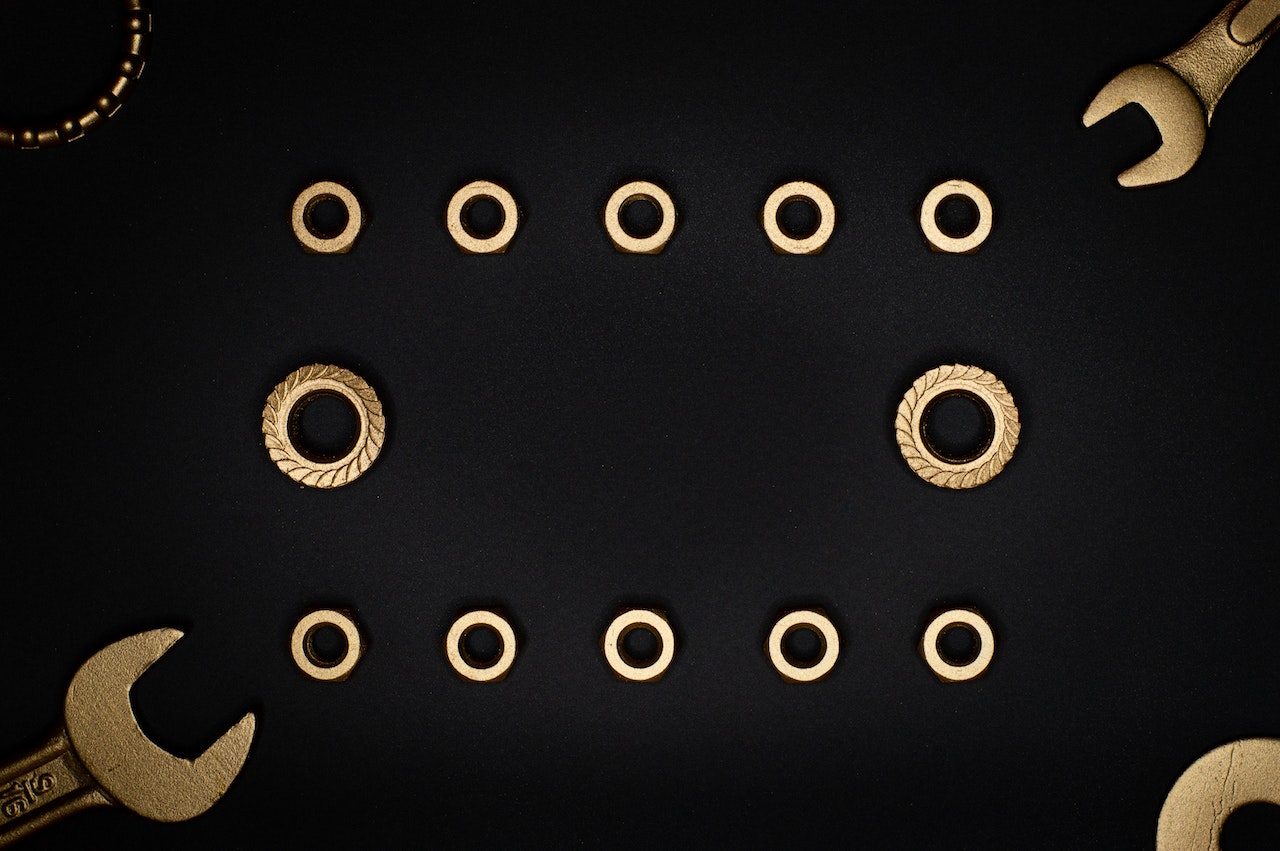Step into the dynamic realm of programming actuators for precision and control. In this digital age, where precision is paramount and control is king, embark on a journey to unlock the secrets of mastering actuators. Explore the art of commanding machines with finesse and accuracy.
The world of precision engineering is the field, where every movement counts. This guide is your gateway to a deeper understanding of programming actuators, unraveling the complexities and potential of these remarkable devices. From their foundational principles to the intricacies of programming, gain valuable insights into the world of actuators, empowering you to excel about actuators in the realm of automation and engineering.
Understanding Actuators: The Powerhouse of Automation
What's in this article...
Before delving into programming, you must grasp the fundamental concept of actuators. These electromechanical devices serve as the muscle behind automation systems, converting electrical signals into precise mechanical motion.
Actuators come in various forms, including:
- Linear actuators;
- Rotary actuators;
- Pneumatic actuators;
- Hydraulic actuators.
Each of them is tailored for specific applications.
What Are the Applications of Various Types of Programming Actuators?
Here are the main types of programming actuators that can help you revolutionize your automation projects and elevate your control over modern machinery:
- Linear actuators. Linear actuators facilitate straight-line motion and are commonly used in robotics, industrial machinery, and automotive systems for tasks like opening and closing doors or adjusting seat positions;
- Rotary actuators. These actuators provide rotary motion and find applications in sectors like manufacturing, where they control the rotation of conveyor belts or the precise positioning of assembly line components;
- Pneumatic actuators. Pneumatic actuators utilize compressed air to drive motion and are prevalent in industries such as aerospace, where they control aircraft landing gear and flaps;
- Hydraulic actuators. Hydraulic actuators use pressurized fluid to generate movement and are prevalent in heavy machinery, construction equipment, and hydraulic presses.
Programming Actuators: The Key to Precision
Programming actuators involves defining specific actions and responses, orchestrating precise movements, and optimizing control parameters. Here are essential strategies and techniques:
#1. Select the Right Actuator for the Job
Begin by choosing the appropriate type of actuator for your application. Consider factors such as load capacity, speed, and the environment in which it will operate. Opting for the right actuator ensures compatibility with your control system and paves the way for precise programming.
#2. Develop a Comprehensive Control Algorithm
Crafting a robust control algorithm is at the heart of programming actuators. This algorithm defines how the actuator should respond to various inputs, ensuring that it performs tasks accurately. A well-designed algorithm considers factors like motion profiles, feedback loops, and error correction mechanisms.
#3. Implement Motion Profiles
Motion profiles dictate the velocity and acceleration of an actuator throughout its movement. Common profiles include trapezoidal and S-curve profiles, each suited for specific applications. Carefully selecting and fine-tuning these profiles enhances the actuator’s precision and minimizes stress on mechanical components.
#4. Employ Feedback Systems
Feedback systems, such as encoders and sensors, provide real-time information about an actuator’s position and performance. Integrating these systems into your programming allows for closed-loop control, where the actuator continuously adjusts its position to match the desired target. It results in unparalleled precision and accuracy.
#5. Error-Handling and Safety Protocols
Programming should encompass robust error-handling mechanisms to address unexpected situations or faults. Implement safety protocols that halt the actuator’s operation if anomalies are detected, preventing potential damage and ensuring operator safety.
The Top Six Applications of Precision Actuator Programming
Here are the top precision actuator programming applications leveraged across diverse industries to enable finer control:
- Industrial automation. In manufacturing, precision actuators drive conveyor belts, robotic arms, and CNC machines. Accurate programming ensures precise positioning, leading to higher production quality and efficiency;
- Aerospace engineering. Aerospace relies on actuators for tasks such as controlling aircraft flaps, landing gear, and rudder movement. Precise actuator programming is paramount for safe and stable flight;
- Healthcare and medical devices. In the medical field, actuators power robotic surgical instruments, prosthetic limbs, and diagnostic equipment. Precision programming guarantees the reliability and safety of these critical applications;
- Automotive industry. Actuators control vehicle components like throttle valves, braking systems, and fuel injection. Accurate programming contributes to fuel efficiency, emissions control, and overall vehicle performance;
- Renewable energy. In wind turbines and solar tracking systems, actuators adjust the position of blades or panels to maximize energy capture. Precision programming ensures optimal energy output;
- Robotics. The robotics industry heavily relies on precision actuator programming for tasks ranging from pick-and-place operations in manufacturing to the intricate movements of surgical robots in healthcare.
As technology advances at a breakneck pace, the role of actuators in automation becomes increasingly vital. Mastering the art of programming actuators empowers engineers and technology enthusiasts to unlock new realms of precision and control across industries. So, embrace the power of precision and control and program your actuators to shape a more efficient and automated world.










